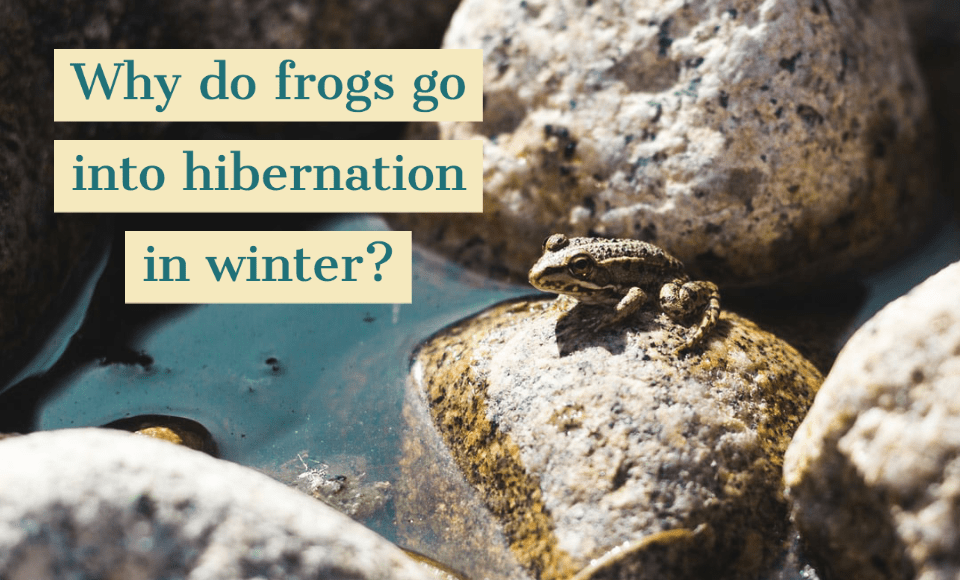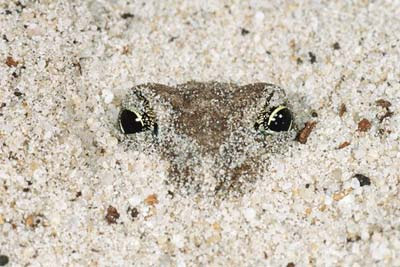Have you ever wondered what happens to frogs in winter? Do you notice their absence from ponds when the temperatures freezing? Frogs, by definition, are amphibians – meaning they live in the water as well as on land.
Frog is a cold-blooded amphibian, the temperature of whose body always remains equal to the atmospheric temperature. It can neither tolerate the extreme heat of summer nor the biting cold of winter, and so the frog goes into hibernation whenever there are such extremes of climate. Before winters, the frog goes underground, as there is no safety of his life open in the Earth.
Frog ready to hibernate
As it is, it does not get enough food in the form of insects in dry weather. It is also impossible to carry forward its lineage silence its spawn, which is in the form of jelly, immediately starts drying up and withering in dry weather.
Thus, the survival of frogs is mostly dependent on monsoon. When the monsoon starts receding, and the puddles start drying up, a frog would push itself into the marsh with its hind legs. Once they reach a depth of about 30 to 35 centimeters, they stop and then make a hollow twice the size of their bodies by pressing the surrounding soft but solid mud.
After adopting a comfortable position, the frog puts its respiration to low gear. It reduces its heartbeats gradually. After some time, its heart and lungs function only as much as is necessary for its survival. The frog slowly slips into the stage of a deep sleep, known as hibernation. The biological functions of its body slow down completely, and so the frog does not need nutrition.
The fat stored in its body is enough for its survival. A frog does not even need water as only two weeks before entering into hibernation, its skin automatically becomes loose and covers its whole body, leaving only its nostrils free for breathing, like a polyethylene. This covering stops the moisture of its body from evaporating into the atmosphere. Since it does not have to replace lost moisture, it does not need water.
Months pass in hibernation. When the first rains of monsoon hit the ground, the frog breaks its long sleep. The heartbeats become normal once again. The frog then breaks open the covering and comes out onto the Earth, and first of all, breaks its months-long fast by ingesting a lot of insects.
Some species of aquatic frogs, such as the southern leopard frog, also known as Rana pipiens scientifically, does not hibernate in the ground. It spends the cold days laying low at the very bottom of any water body such as a pond or river. Some frogs are not able to fully bury themselves into the ground, which leaves them at high risk of freezing to death. However, high concentrations of glucose in their bodies help them stay alive as sugar is claimed to be a natural defense against freezing temperatures.
Hibernating frogs appear almost dead, and this deception is important for their survival from other animals searching frogs as their prey.
Additional reading:
Hibernation (Wikipedia)
Related posts:

